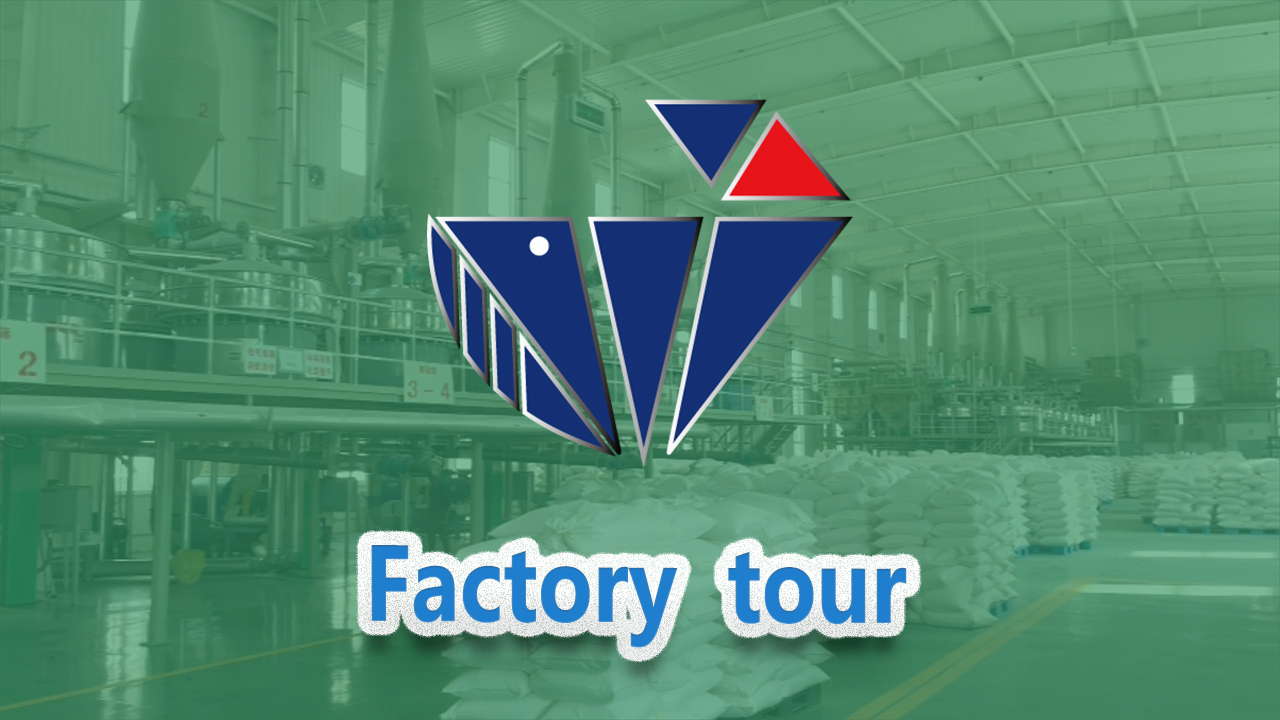
Dec . 03, 2024 19:03 Back to list
Density Analysis of HPMC and Its Applications in Various Industries
Exploring HPMC Density Properties, Applications, and Significance
Hydroxypropyl methylcellulose (HPMC) is a semi-synthetic polymer derived from cellulose. Its unique properties make it an essential component in various industries, particularly in pharmaceuticals, food, and construction. One crucial characteristic of HPMC is its density, which influences its application and performance in different formulations. Understanding HPMC density can provide invaluable insights into improving product effectiveness and functional performance.
What is HPMC Density?
Density is defined as mass per unit volume, and for HPMC, it reflects the arrangement of polymer chains and the amount of water that the polymer can retain. HPMC, being hygroscopic, can absorb water, which can lead to variations in its density depending on the environmental conditions. Typically, the density of HPMC can range around 1.25 g/cm³, although this can vary based on the substitution levels of hydroxypropyl and methyl groups in the cellulose structure.
Factors Affecting HPMC Density
Several factors can influence the density of HPMC, including
1. Molar Substitution The degree of molar substitution (the number of hydroxypropyl and methyl groups attached to the cellulose backbone) affects the density significantly. Higher substitution levels often lead to a lower density, as the bulky substituents create more space between the polymer chains.
2. Water Content Since HPMC is hydrophilic, the moisture content in the formulation can alter its effective density. Wet HPMC may have a different density compared to dry HPMC due to water molecules being integrated into the polymer structure.
3. Formulation Conditions The method of preparation, such as the solvent used, temperature, and pH levels during processing, can also impact the physical properties of HPMC, including its density.
hpmc density

Applications of HPMC and the Importance of Density
The density of HPMC is pivotal to its functionality across various applications
1. Pharmaceutical Industry In pharmaceuticals, HPMC is widely used as a binder, thickener, and film-forming agent in tablet formulations. The density influences the release profiles of active pharmaceutical ingredients (APIs). For instance, altering HPMC density can modify the viscosity of a solution, thus affecting drug solubility and extension of release time.
2. Food Industry HPMC is utilized in various food products for its thickening and stabilizing properties. Density plays a crucial role in emulsifying agents where it affects the texture and mouthfeel of food products. In gluten-free baking, for example, adjusting the density of HPMC can help mimic the structural properties of gluten, leading to improved product texture.
3. Construction In the construction industry, HPMC is used as an additive in cement-based products, serving as a water-retention agent, thickener, and stabilizer. The density of HPMC can affect the workability and drying time of mortars, impacting the quality of the final construction product.
Conclusion
HPMC density is a fundamental property that influences a wide range of applications across multiple industries. By understanding and manipulating HPMC density, manufacturers and researchers can fine-tune the properties of products to meet specific performance requirements. As industries continue to evolve with advancements in technology and research, the importance of HPMC and its density will likely grow, paving the way for improved formulations and applications that benefit consumers worldwide.
With ongoing research into the properties of polymers like HPMC, the future holds the promise of more innovative uses and further understanding of how density can be optimized to enhance product performance across various fields. Whether in medicine, food, or construction, grasping the nuances of HPMC density will continue to be a cornerstone for innovation and efficacy in material science.
-
Versatile Hpmc Uses in Different Industries
NewsJun.19,2025
-
Redispersible Powder's Role in Enhancing Durability of Construction Products
NewsJun.19,2025
-
Hydroxyethyl Cellulose Applications Driving Green Industrial Processes
NewsJun.19,2025
-
Exploring Different Redispersible Polymer Powder
NewsJun.19,2025
-
Choosing the Right Mortar Bonding Agent
NewsJun.19,2025
-
Applications and Significance of China Hpmc in Modern Industries
NewsJun.19,2025







